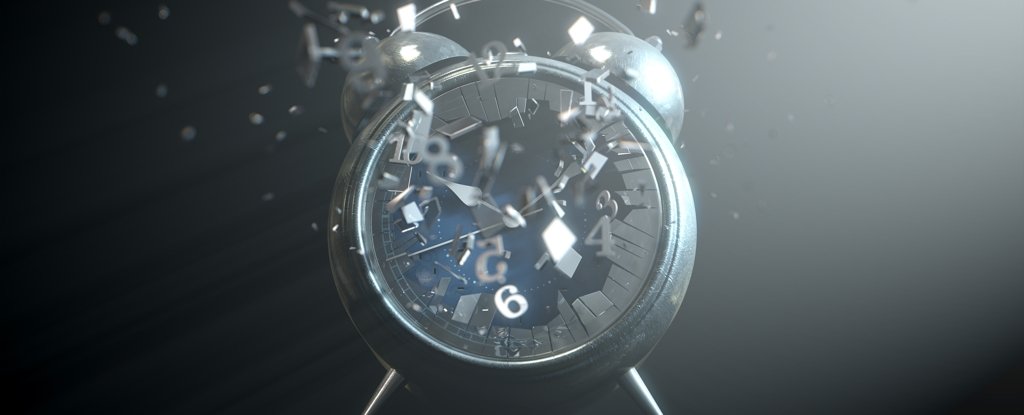Products You May Like
What’s the price of an accurate clock? Entropy, a new study has revealed.
Entropy – or disorder – is created every time a clock ticks. Now scientists working with a tiny clock have proven a simple relationship: The more accurate a clock runs, the more entropy it generates.
“If you want your clock to be more accurate, you’ve got to pay for it,” study co-author Natalia Ares, a physicist at the University of Oxford, told Live Science. “Every time we measure time, we are increasing the Universe’s entropy.”
Related: The mysterious physics of 7 everyday things
As we go forward in time, the second law of thermodynamics states that the entropy of a system must increase. Known as the “arrow of time”, entropy is one of the few quantities in physics that sets time to go in a particular direction – from the past, where entropy was low, to the future, where it will be high.
This tendency for disorder to grow in the Universe explains many things, such as why it’s easier to mix ingredients together than separate them out, or why headphone wires get so intricately tangled together in pants pockets. It’s also through this growing disorder that entropy is wedded so intimately to our sense of time.
A famous scene in Kurt Vonnegut’s novel Slaughterhouse-Five demonstrates how differently entropy makes one direction of time look to the other by playing World War II in reverse: Bullets are sucked from wounded men; fires are shrunk, gathered into bombs, stacked in neat rows, and separated into composite minerals; and the reversed arrow of time undoes the disorder and devastation of war.
This intimate connection between time and entropy has fascinated scientists for decades. Machines, such as clocks, also produce entropy in the form of heat dissipated to their surroundings.
Physicists have been able to prove that a tiny quantum clock – a type of atomic clock that uses laser-cooled atoms that jump at highly regular intervals – creates more disorder the more accurately it measures time.
But until now, it has been very difficult to prove that larger, more mechanically complex clocks create more entropy the more accurate they get, even if the idea sounds good in theory.
“Clocks are in some way like little steam engines – you need to put work into them to measure time,” Ares said, where the “work is the energy transfer needed to make mechanical devices like clocks run.
“In order to get that regular tick, tick, tick, you have to get the machine going. That means you need to invest in entropy production.”
To test this idea, the researchers built a simplified clock made up of a 50-nanometer-thick, 1.5-millimeter-long membrane stretched between two tiny posts that they vibrated with pulses of electricity.
By counting every flex up and down as a tick, the team showed that more powerful electrical signals made the clock tick more regularly and accurately, but at the cost of adding more heat – and therefore more entropy – to the system.
Seeing this relationship between entropy and accuracy play out in a device much larger than a quantum clock has given the researchers confidence that their findings could be universal.
Perhaps if clocks didn’t produce any entropy, they’d be just as likely to run backwards as they do forwards, and the more entropy they generate the more they’re protected from stutters and backwards fluctuations.
“We don’t know for certain yet, but what we’ve found – for both our clock and for quantum clocks – is that there’s a proportional relationship between accuracy and entropy,” Ares said. “It might not always be a linear relationship for other clocks, but it does look like the accuracy is bounded by the laws of thermodynamics.”
Aside from being useful for designing clocks and other devices in the future, the researchers view their findings as laying the groundwork for further exploration of how the large scale laws of thermodynamics apply to tiny nanosized devices.
“We now have so much control over these tiny devices, and are able to measure them with so much precision, that we’re rediscovering thermodynamics at a completely new scale.” Ares said. “It’s like the Industrial Revolution at the nanoscale.”
The researchers published their findings May 6 in the journal Physical Review X.
Related content:
The biggest unsolved mysteries in physics
18 times quantum particles blew our minds
What’s that? Your physics questions answered
This article was originally published by Live Science. Read the original article here.
